PPT-Low Contention Mapping
Author : alida-meadow | Published Date : 2019-12-25
Low Contention Mapping of RT Tasks onto a TilePro 64 Core Processor 1 Background Introduction why 2 Goal 3 What 4 How 5 Experimental Result 6 Advantage amp Limitaion
Presentation Embed Code
Download Presentation
Download Presentation The PPT/PDF document "Low Contention Mapping" is the property of its rightful owner. Permission is granted to download and print the materials on this website for personal, non-commercial use only, and to display it on your personal computer provided you do not modify the materials and that you retain all copyright notices contained in the materials. By downloading content from our website, you accept the terms of this agreement.
Low Contention Mapping: Transcript
Download Rules Of Document
"Low Contention Mapping"The content belongs to its owner. You may download and print it for personal use, without modification, and keep all copyright notices. By downloading, you agree to these terms.
Related Documents

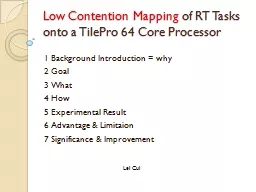
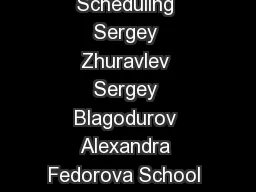

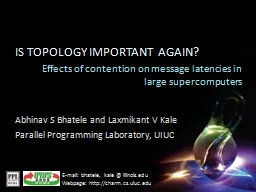
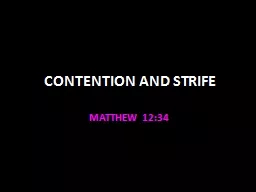


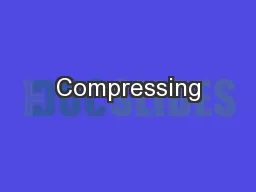
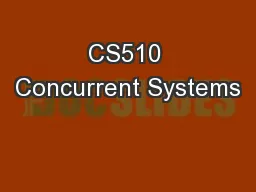

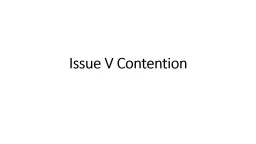

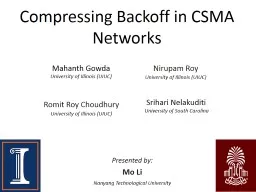
![[READ] Low Carb: Low Carb Weight Loss Secrets Box Set (Dash Diet, Slow Cooker Meals, Low](https://thumbs.docslides.com/881235/read-low-carb-low-carb-weight-loss-secrets-box-set-dash-diet-slow-cooker-meals-low-carb-cookbook-low-carb-recipes-low-car.jpg)